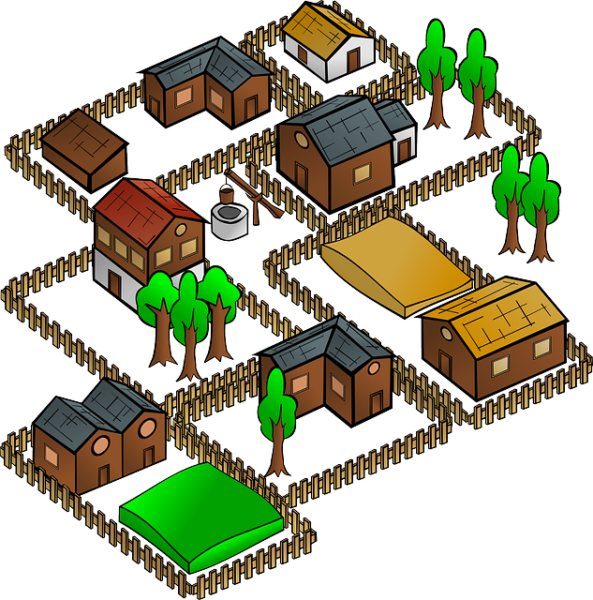Green construction is the use of resource-efficient and responsible environmental processes that are used during the building process to ensure the sustainability of buildings. Green constructors will ensure their building site causes the least amount of environmental harm and use cost-effective and durable building technologies that provide an efficient use of resources and energy, reduce waste and pollution while preserving water supplies. We have teamed up with Birmingham based builder merchants, BUILT to put together a list of sustainable technologies used in green construction.
Green Construction Technologies That Are Highly On Demand by Constructors

Cool roofs
Cool roofs aim to reflect heat and sunlight away from properties to maintain standard room temperatures by cutting thermal emittance and heat absorption. Cool roof technology uses reflective paints and specialised roof tiles to ensure less heat is absorbed and reflect away solar radiation. Cool roof technology is based on similar principles to the effect achieved when wearing light coloured clothes in summer months to stay cool. Standard roofs can reach temperatures of up to 150°F during periods of sunny weather, but cool roofing stays over 50°F cooler under the same conditions. Cool roof technology reduces any requirement for air conditioning, so cuts down on energy costs.
Green insulation
Green insulation is insulation created from recycled materials, such as newspaper and fabrics. It is a green construction technology which eliminates the requirement for expensive, high-end finishes which are fabricated from non-renewable materials and is a useful resource for lining inside walls.
Solar power
Solar power is a popular sustainable technology used in green construction and the power of the sun’s rays can be harnessed in passive format or actively. Active solar power is the use of functional solar panels in the building process to supply heating and electricity. The use of passive solar power is based on construction designs which use the sun’s rays to heat homes and buildings, via the strategic placement of windows and the use of heat-absorbing surfaces.

Low energy homes and zero energy building designs
Mechanisms to reduce energy consumption are built into sustainable construction technologies. The construction of wooden buildings is a sustainable construction technology as wood has a lower embodied energy when compared to buildings of steel or concrete. Sustainable construction allows for the free flow of air while utilising high-performance windows and techniques for insulation. All these techniques reduce dependency on air conditioning and traditional heating and lighting. Renewable energy like solar power is used for heating and light and contributes to the low energy house and zero energy building designs.
Smart appliances
Sustainable construction technologies embrace the installation of Smart appliances to reduce energy costs and to create zero energy homes and commercial buildings.
Biodegradable materials
The use of biodegradable materials for foundations, walls and insulation is an intrinsic element of green construction. Traditional construction techniques can lead to an accumulation of toxic chemicals and waste products which can take hundreds of years to degrade. Biodegradable materials will break down easily without any release of toxins, so are contributing to a reduction in negative environmental impacts from construction technologies.
As construction techniques evolve there will be greater emphasis on green technologies. Building and designing zero and low energy buildings may be costly but their long-term prognosis and energy saving technologies save money over the long term.







